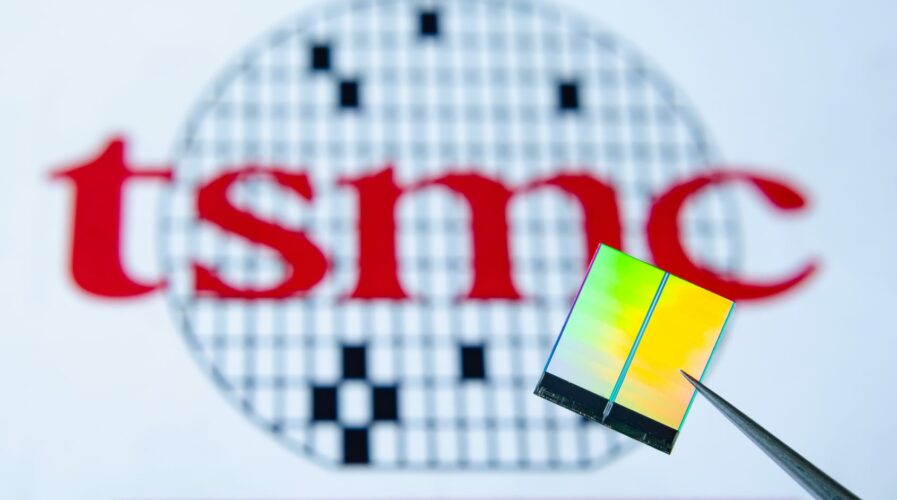
Here’s what the 2021 global semiconductor shortage is all about
- Experts reckon that shortage within the semiconductor industry would go on until next year.
- Chip makers and governments are scrambling to build more capacity into supply chains.
- There is also a recognition that chip supply chains must be diversified to decrease the reliance on Taiwan and South Korea.
It has been more than 18 months, and the global semiconductor chip shortage that started last year, is still plaguing various industries. While it is normal for capacity within the industry to have its ups and downs, the severity of the shortage has not been taken lightly by industry players and governments around the world.
In the beginning, the shortage was partly due to stronger demand for more advanced chips from the consumer electronics and computer industry through Covid-19. For context, worldwide semiconductor sales declined between 2018 and 2019, but by 2020, sales grew 6.5%. The rapid growth continued into 2021, and according to trade organisation the Semiconductor Industry Association, sales for May 2021 were 26% higher than the same time last year.
Demands from consumer products weren’t the only factor. By mid-2020 onwards, there was a surge in demand for semiconductor content in the auto industry, driven by the adoption of technologies such as driver assistance systems and autonomous driving. In fact, Intel projects that semiconductors will account for over 20% of the input costs for new premium cars, up from 4% in 2019.
Therefore, it is not surprising that manufacturers are struggling to keep pace, especially given how the pandemic that led to a global lockdown has exposed pressure points in the global chip supply chain.
What’s still causing the global semiconductor shortage?
As it has been made apparent by now, the vast majority of manufacturing is being carried out by two companies in East Asia – Taiwan’s TSMC and South Korea’s Samsung. These foundries manufacture as much as 70% of the world’s semiconductors.
What makes matters worse is the high entry barriers into semiconductor manufacturing. Aside from a steep learning curve required to set up a semiconductor foundry, it entails an upfront investment of US$10-$12 billion, which is further exacerbated by the need to spend at least three years to prepare to become production-ready. Even then, it would be almost impossible for a new foundry’s chip yields to match those of the incumbents.
As said by experts, chips rapidly become obsolete and price pressures are a major problem in the tech sector, putting risk to profitability. That is why it only made sense for a handful of large players to invest in manufacturing capabilities as those companies are capable of spreading those costs and risks across a large base of customers.
So what’s being done by prominent players?
Inevitably, demand for semiconductors will continue seeing an uptake as more industries are transforming digitally. That has in fact been the case for the last couple of months which led chip makers and governments to build more capacity into supply chains.
Take TSMC for example. The world’s largest semiconductor contract manufacturer indicates that it would spend about US$100 billion over the next three years to bolster production capacity. To top it off, it was reported that TSMC is planning on building a semiconductor factory with Sony in Japan to provide chips for cameras, cars and other purposes.
Besides that, Samsung plans to spend around US$205 billion over the next three years, with a good portion of the funds going toward its chip business. Even the American tech conglomerate, Intel, is setting aside an investment of US$95 billion over the next decade and aims to double down on contract manufacturing by building new chip-making facilities in Europe. The company also plans to expand its fab capacity and is spending US$20 billion on two new factories in Arizona.
Are we too dependent on Asia’s semiconductor industry?
When the shortage became worse, the world recognized that chip supply chains ought to be diversified to decrease reliance on Taiwan and South Korea. In fact, the production of semiconductors has steadily declined in the west, with East Asia emerging as the main manufacturing hub.
Within the Asia Pacific region alone, China, Japan, South Korea, and Taiwan together have become the “Big 4” semiconductor players, holding four of the top six spots by overall semiconductor revenue and each has several global semiconductor giants. The region is also the world’s biggest market for semiconductors, accounting for 60% of global semiconductor sales, within which China alone accounts for over 30%.
America on the other hand, only makes about 10% of the chips it uses, according to GlobalData. That is mainly the reason why US president Joe Biden pledged to support the semiconductor sector and introduced a massive bipartisan tech funding bill that would see US$52 billion earmarked for US chip production.
READ MORE
- 3 Steps to Successfully Automate Copilot for Microsoft 365 Implementation
- Trustworthy AI – the Promise of Enterprise-Friendly Generative Machine Learning with Dell and NVIDIA
- Strategies for Democratizing GenAI
- The criticality of endpoint management in cybersecurity and operations
- Ethical AI: The renewed importance of safeguarding data and customer privacy in Generative AI applications


